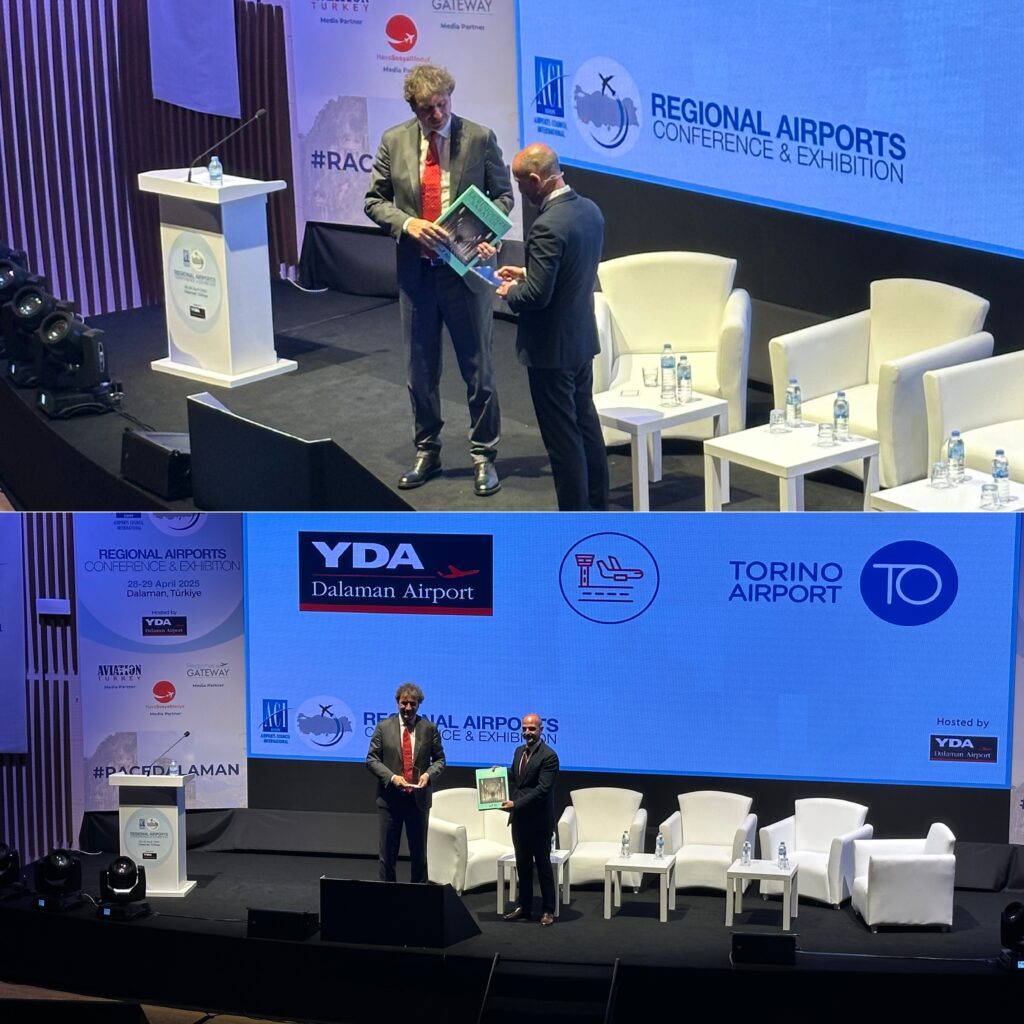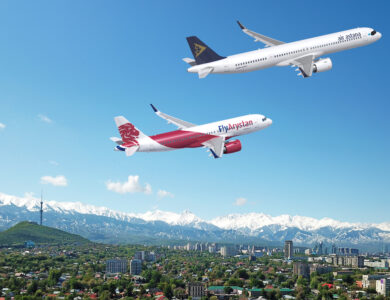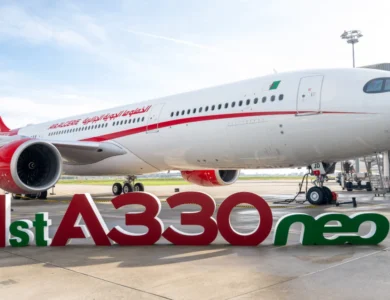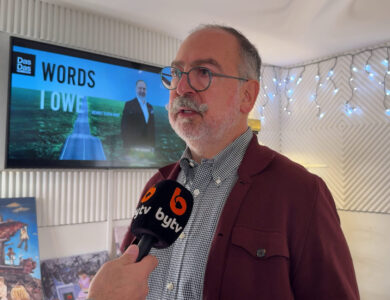ACI EUROPE Regional Airports Conference Held in Dalaman
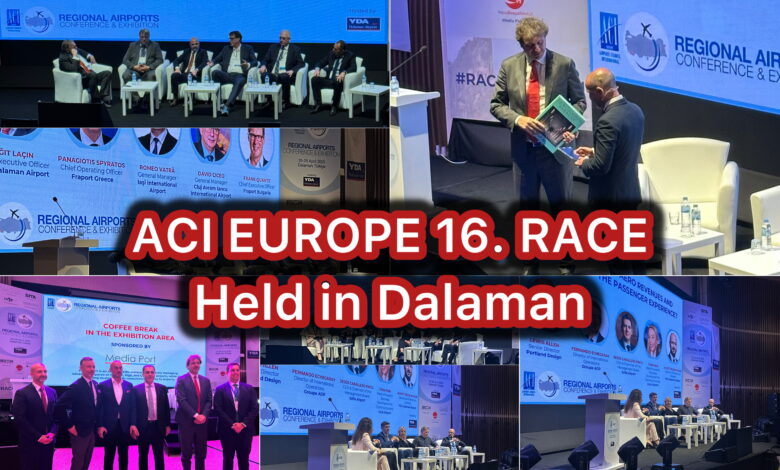
The 16th ACI EUROPE Regional Airports Conference and Exhibition took place in Dalaman, hosted by YDA Dalaman Airport. As a media partner, HavaSosyalMedya joined the event, which brought together leading aviation professionals from across Europe to discuss the future of regional airports.
Throughout the conference, key themes such as sustainability, digitalization, infrastructure investment, and EU regulations were addressed. Recovery efforts in the post-pandemic period drew particular attention, while the evolving role of regional airports was reframed within the context of green transition targets. Attendees highlighted the importance of sector-wide solidarity through experience-sharing and dialogue.
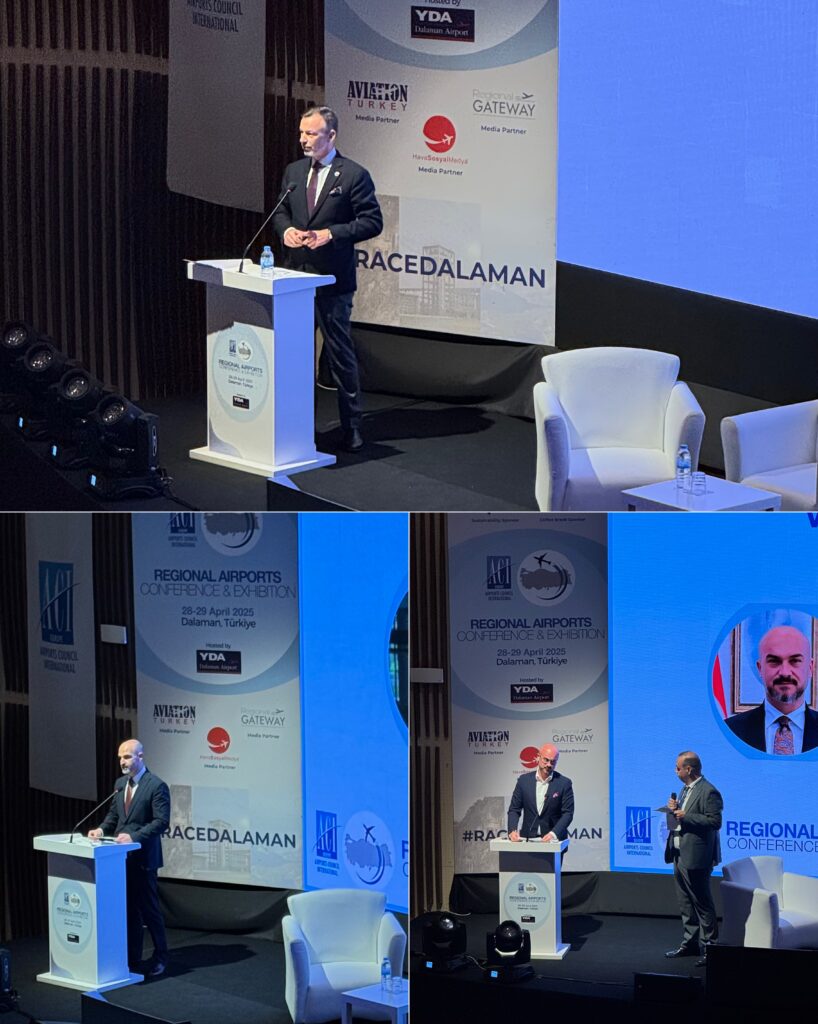
The event officially began with an opening address by Ella Soltani, Managing Director of To70 Belgium, followed by speeches from Yiğit Laçin, CEO of YDA Dalaman Airport, and Enes Çakmak, Director General of DHMI. ACI EUROPE Director General Olivier Jankovec presented data showing that European airports served 2.5 billion passengers in 2023—5.8% above pre-pandemic levels—yet only 53% of the airport network has fully recovered. While growth continued in Southern and Eastern Europe and non-EU markets, demand remained sluggish in Germany, Scandinavia, and domestic-focused markets. Notably, Istanbul Airport rose from seventh to second place among Europe’s busiest hubs.
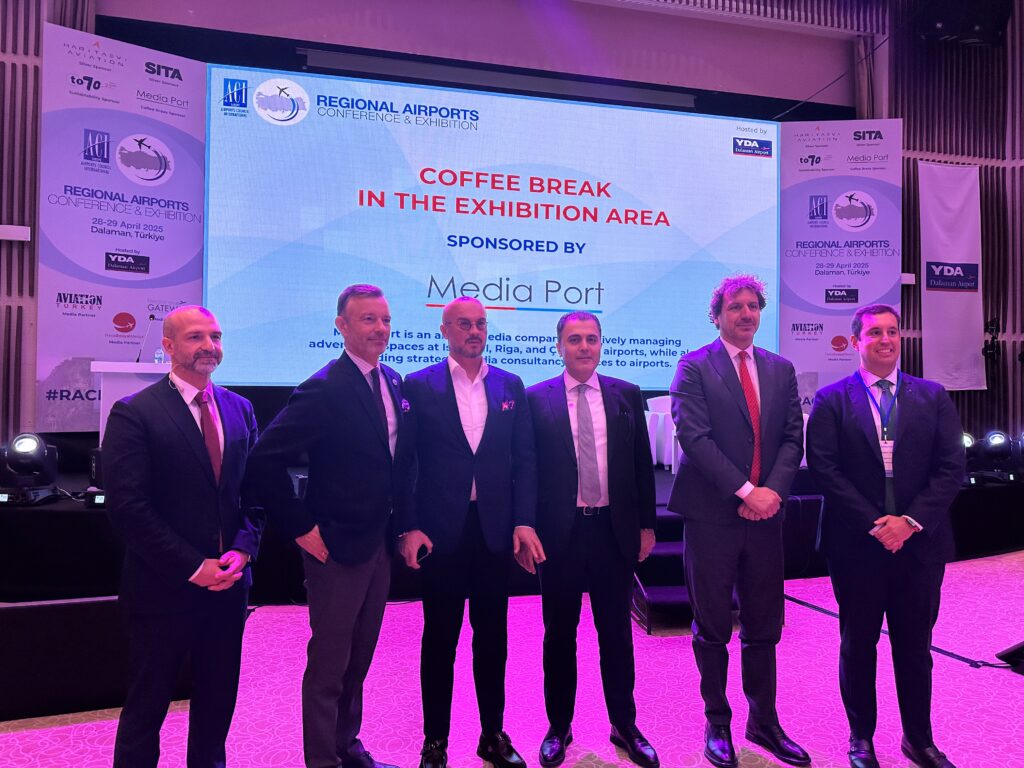
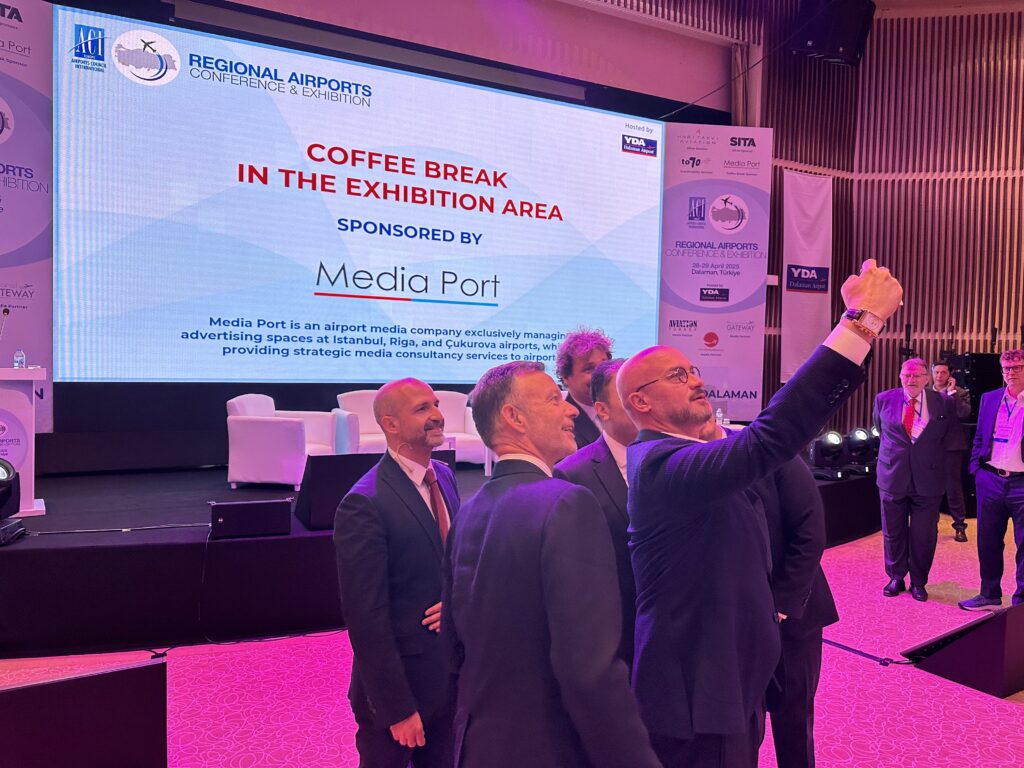
Jankovec emphasized the growing influence of low-cost carriers and leisure/VFR traffic in shaping the market. While summer capacity increases have slowed, some routes are seeing signs of fare pressure. EUROCONTROL warned of a potential 20% increase in air traffic delays during the summer due to airspace constraints and staff shortages.

Looking ahead, Jankovec estimated that the industry would require €350 billion in investment by 2040 to achieve capacity growth, modernization, digitalization, and decarbonization goals. He cautioned that the EU’s “Fit for 55” climate regulations could disproportionately burden small airports, potentially shrinking their traffic by 20% by 2050 due to limited sustainable fuel availability. He called for extended operational subsidies beyond 2027, SAF incentives, and improved conditions for low-cost carriers in markets like Türkiye.
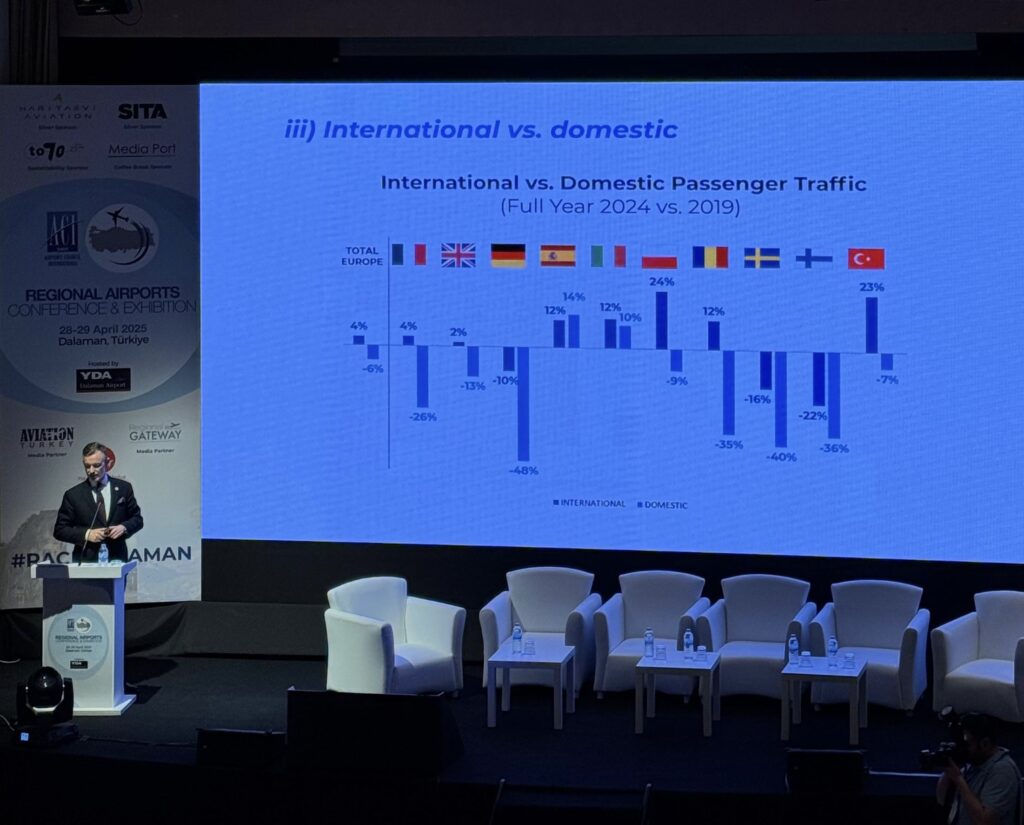
CEO Panel: Seasonality, Costs, and Collaboration
Moderated by Andrew Charlton of Aviation Advocacy, the CEO Panel featured leaders from YDA Dalaman, Fraport Bulgaria, Cluj, Fraport Greece, and Iași airports. Panelists noted that seasonal peaks challenge regional airports, with traffic surging over 80% during short summer windows. Frank Quante highlighted that staffing costs have risen 70–80% compared to 2019, with per-unit operational costs doubling.
Digitalization was recognized as a necessity, though initial investment remains a significant barrier for smaller operators. While low-cost carriers have been growth drivers, their aggressive negotiations often strain airport revenue models. “It’s not always win-win,” Quante noted, underlining the need for balanced revenue sharing.
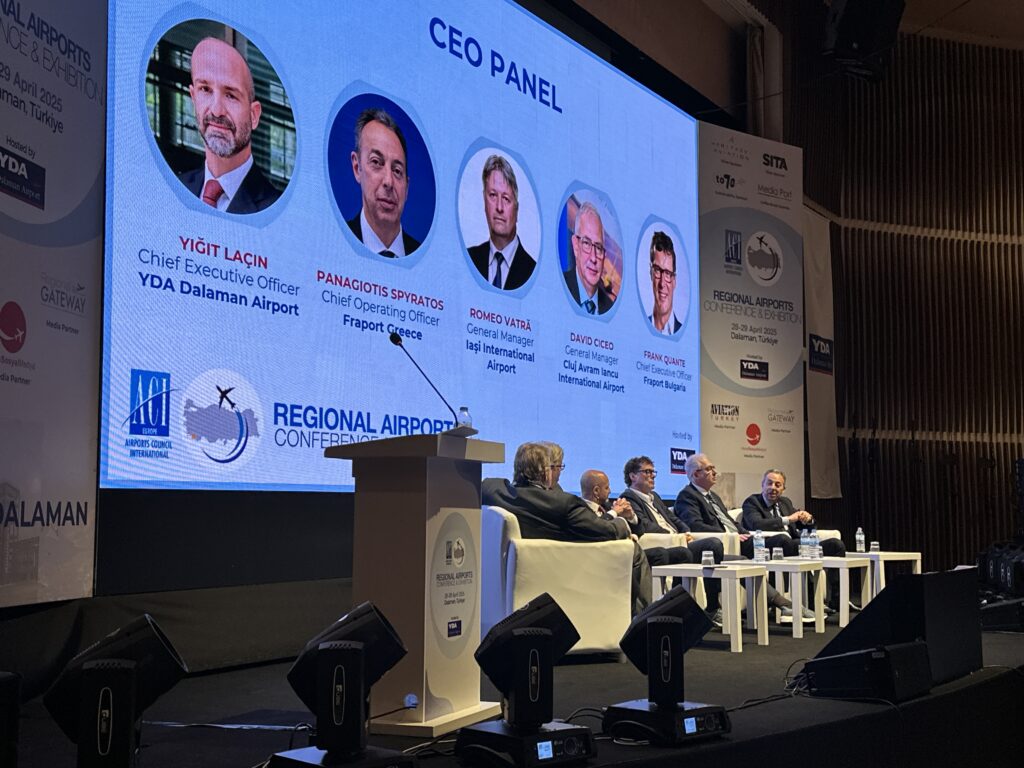
The panel also shared examples of integrated safety and sustainability efforts. Burgas and Varna Airports have installed 20,000 m² of solar panels for electric ground support vehicles, while Fraport Greece has introduced energy-efficient systems in terminals. Yiğit Laçin emphasized that extending the tourism season requires cooperation beyond airports, involving local governments and tourism boards. Romeo Vatră advocated a “triple-win” model combining government support, investor partnership, and airline collaboration.
Sustainability and EU State Aid for Small Airports
The panel titled “Regional Airports – Compliance, Competition, and EU State Aid Rules” explored financial sustainability for small airports. Simon Yarak of Oxera presented findings showing that airports handling under 1 million passengers annually have failed to achieve stable profitability between 2016 and 2023. Without continued operational aid after 2027, many will struggle to meet rising labor, energy, and decarbonization costs.
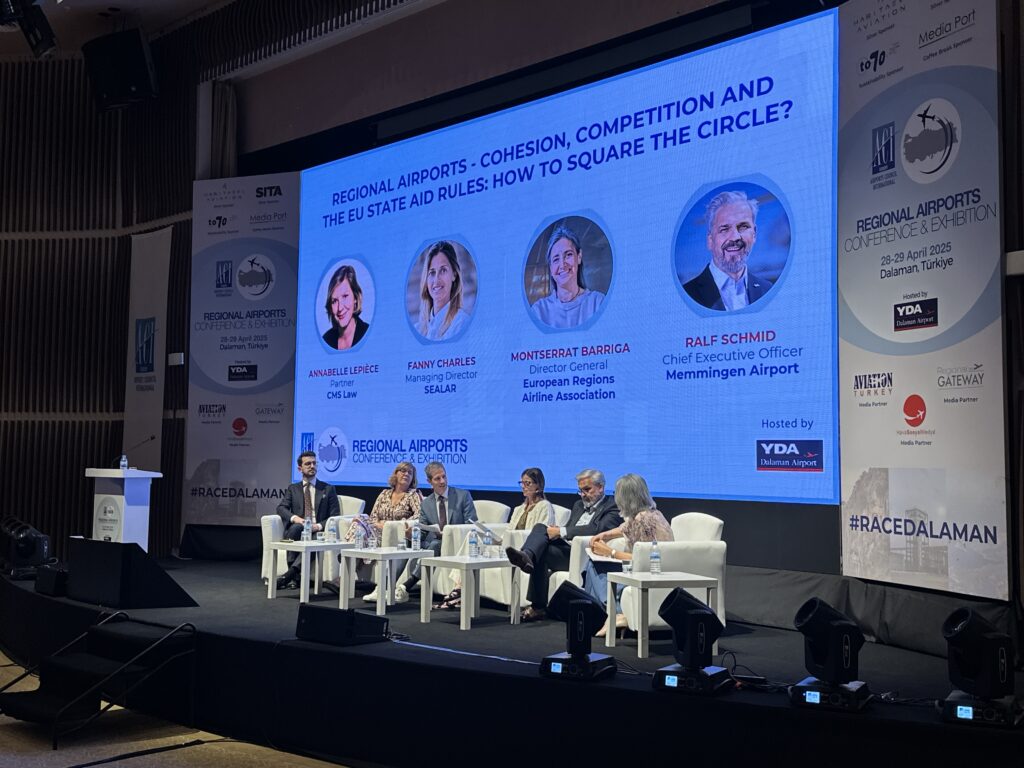
Annabelle Lepièce of CMS Law called for full financing exemptions for airports below 500,000 passengers. Ralf Schmid of Memmingen Airport shared their use of biogas, solar, and hydrogen infrastructure to offset energy costs, despite an 80% increase in staff expenses. Fanny Charles of SEALAR described diversification strategies such as maintenance hangars, flight schools, and route incentives across six airports, noting difficulties justifying public support.
Montserrat Barriga, Director General of ERA, urged for updated Public Service Obligation (PSO) rules to allow cross-border routes and environmentally driven passenger-based funding models. Moderator Michael Stanton-Geddes stressed that more flexible aid schemes, faster notification processes, and Green Deal-aligned investments would be essential for regional airports to maintain their economic and social lifelines.
Digital Border Control: The Schengen EES Rollout
The session “Border Control & Schengen Entry-Exit System – What Next?” examined how EES will replace passport stamping with biometric digital records. Marc Sulon of the European Commission explained that the system will operate across 29 countries, preventing identity fraud and streamlining compliance with the 90/180-day rule. He stressed the need for a phased rollout.
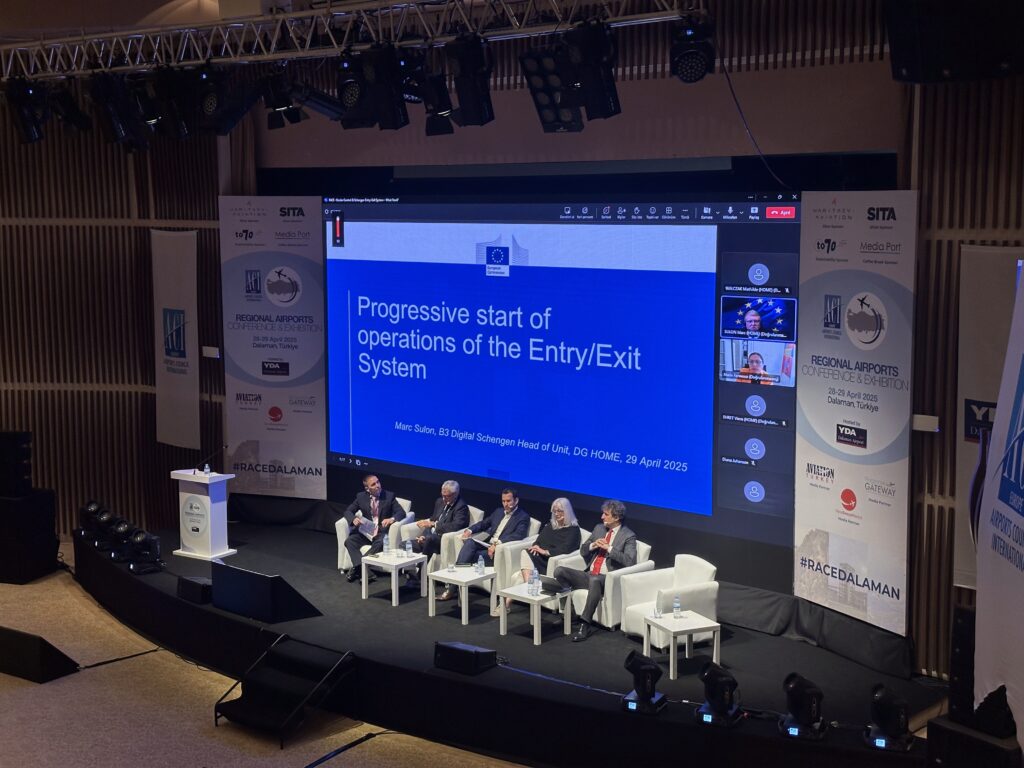
Olivier Hubert of Idemia noted that ABC gates and self-service kiosks will ease border police workloads, while IATA’s Nuria Fermoso emphasized the need for timely ETA API access and proactive passenger communication. Philippe Verdonck, CEO of Brussels South Charleroi, warned that peak-hour processing could strain terminals. Anna Björk Bjarnadóttir from Isavia said that despite deploying 66 kiosks in Reykjavík, full software integration remains a challenge. Andrea Andorno of Torino Airport called for national governments to help cover annual EES operating costs. The session concluded that success will depend on coordinated technology deployment, staff training, public-private cost sharing, and clear passenger communication.
Commercial Revenue and Passenger Experience
The “Growing Non-Aero Revenues and Improving the Passenger Experience” panel explored how to boost revenues without disrupting the passenger journey. Orçun Songur of YDA Dalaman Airport explained their move from fixed rents to volume-based concession models due to seasonal demand. He highlighted the “Ege Pazarı” concept—a local products market in the departures hall—that raised per-sale spend by 18% and fostered agri-tourism integration.
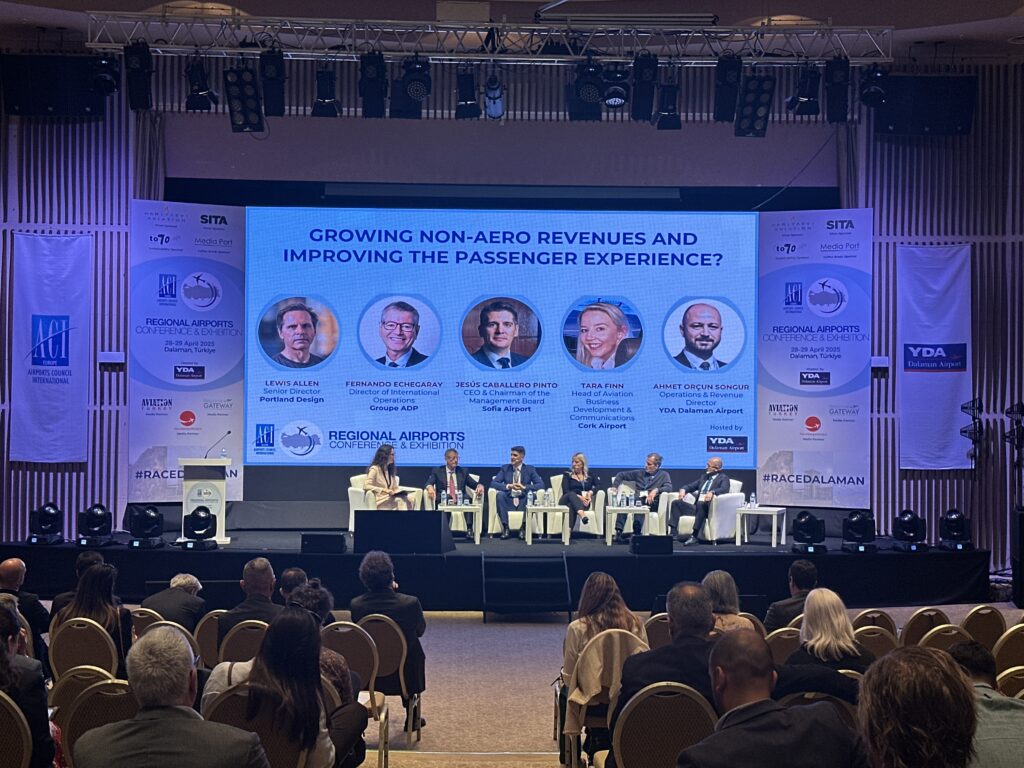
CIP lounges were restructured under a tiered subscription model, making premium services accessible to frequent but non-elite travelers. Dalaman is also launching a new cargo and free zone project aimed at exporting agricultural products directly to Gulf markets as part of a broader destination branding effort.
Fernando Echegaray from Groupe ADP discussed urban-airport real estate clusters, while Lewis Allen of Portland Design illustrated how data-driven retail layout increased dwell-to-spend conversion. Cork and Sofia airports shared their use of digital pre-ordering, regional cuisine branding, and loyalty programs to strike a balance between revenue and passenger satisfaction.
Sustainability and Workforce of the Future
The “Sustainability Showcase” featured circular economy and net-zero initiatives. Anne Rademaker of the TULIPS consortium detailed how digital twin technology allowed 52% reuse of airfield lighting materials. Morven Sneddon of Environmental Minds introduced a regional technical advisory pool for accelerating Level 4 and 4+ Airport Carbon Accreditation adoption.
Javier López Rivero of Ferrovial Airports shared plans for solar-powered apron equipment and a green hydrogen refueling station at their Madrid test site, expected to cut 3,000 tons of CO₂ annually. The sessions underlined that commercial innovation, carbon-reduction, and safe operations are now inseparable—and that flexible contracts, local partnerships, and transparent reporting are vital for financing regional airport sustainability.
In the final session, “The Future Workforce Challenge,” HR leaders explored ways to attract young talent, address seasonal volatility, and ensure employment continuity across the aviation sector.
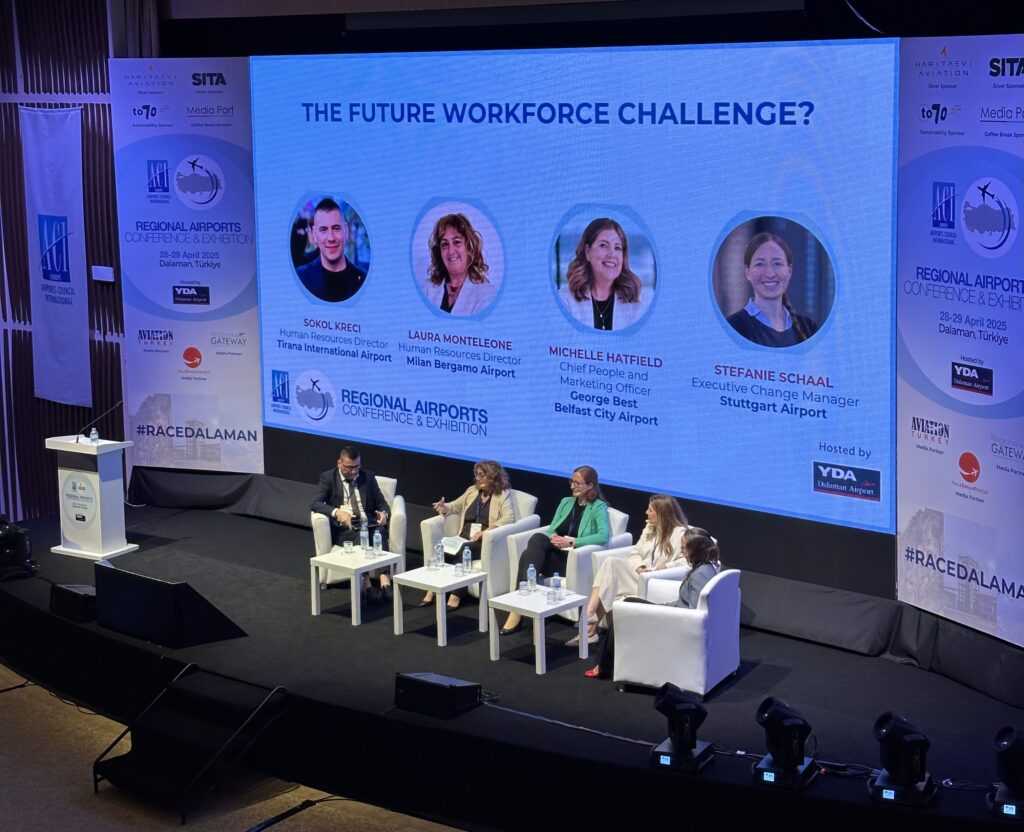
Passing the Torch to Torino
The conference concluded with a symbolic handover to Torino, the host of next year’s event. Yiğit Laçin and Andrea Andorno exchanged commemorative gifts, marking the transition.
